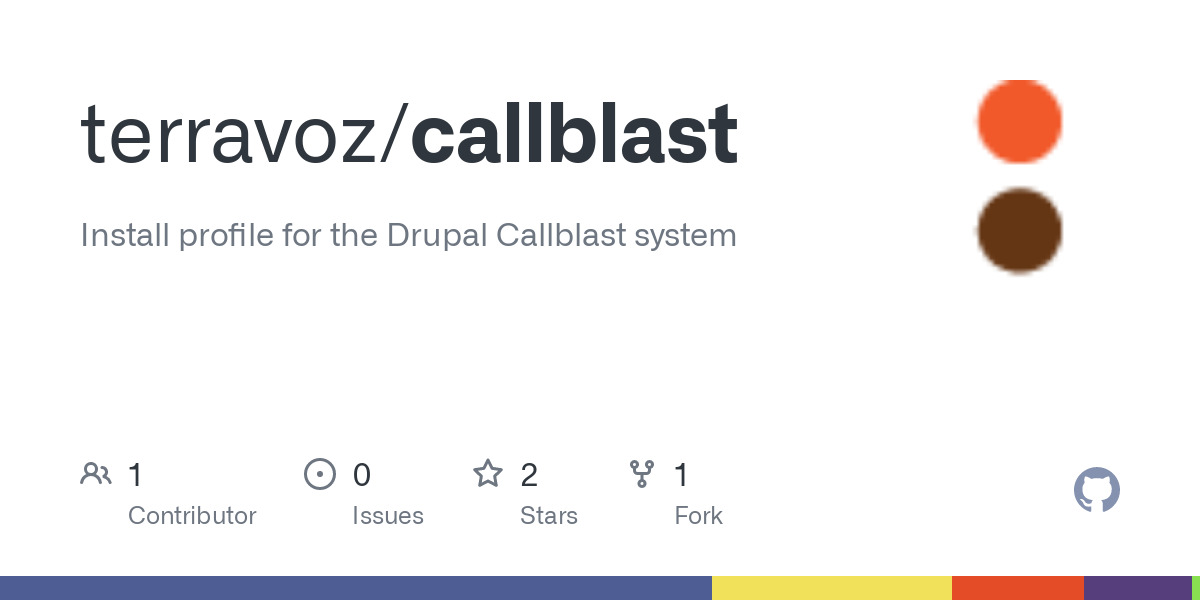In today’s fast-paced world, businesses and organizations constantly seek innovative communication methods to reach large audiences quickly and efficiently. CallBlast technology emerges as a powerful tool in this communication arsenal. This in-depth guide delves into the world of CallBlast, exploring its functionalities, applications, and best practices to ensure its effective and responsible use.

Demystifying CallBlast: The Nuts and Bolts
CallBlast, also known as mass calling or blast dialing, refers to a communication technique that utilizes automated dialing systems to contact a large number of phone numbers in a single campaign. The core elements of CallBlast involve:
- Automated Dialing: Specialized software automatically dials phone numbers from a pre-defined list. This eliminates the need for manual dialing, saving significant time and resources.
- Pre-Recorded Messages: CallBlast utilizes pre-recorded audio messages to deliver information to recipients. These messages can range from informative announcements and marketing offers to surveys and appointment reminders.
- Scalability and Reach: One of the key strengths of CallBlast is its ability to reach a vast audience simultaneously. Businesses can leverage this technology to contact hundreds or even thousands of individuals with the same message, significantly expanding their communication reach.
Unpacking the Applications of CallBlast: Reaching Diverse Audiences
CallBlast offers a diverse range of applications across various sectors. Here are some prominent examples of how CallBlast is utilized:
- Emergency Notification: Government agencies and public safety organizations find CallBlast invaluable for disseminating critical information during emergencies. Timely alerts regarding natural disasters, public health threats, or missing persons can be communicated effectively to large populations.
- Marketing Campaigns: Businesses can leverage CallBlast for targeted marketing campaigns. Reaching a large pool of potential customers allows them to promote new products, announce special offers, or create awareness for upcoming events. However, effective marketing campaigns require targeted audience selection and well-crafted messages to avoid alienating potential customers.
- Political Campaigns: Political candidates running for office can utilize CallBlast to connect with voters. CallBlast allows them to disseminate campaign messages, remind voters of upcoming elections, or mobilize support for their candidacy. It’s crucial to adhere to relevant regulations and ethical practices when using CallBlast for political purposes.
- Appointment Reminders: Businesses with appointment-based services can leverage CallBlast to send automated reminders to their clients. This ensures timely attendance and reduces the risk of missed appointments.
- Surveys and Polls: Gathering feedback from a large group of people can be streamlined with CallBlast. Pre-recorded survey questions can be delivered to a targeted audience, allowing for efficient data collection.
Navigating the CallBlast Landscape: Regulations and Best Practices
While CallBlast offers undeniable advantages, it’s crucial to navigate a complex landscape of regulations and best practices. Here are some key considerations:
- Do Not Call (DNC) Lists: Respecting Do Not Call (DNC) regulations established by governing bodies is paramount. Opting for verified calling lists that exclude DNC-registered numbers ensures compliance and avoids legal consequences.
- Targeted Audiences and Message Relevance: Effective CallBlast campaigns hinge on targeted messaging. Instead of generic mass blasts, tailor your message to a specific audience segment. This increases the likelihood of your message resonating with recipients.
- Opt-In Options and Transparency: Consider offering opt-in options for your CallBlast campaigns. This empowers recipients to choose whether they want to receive such calls. Additionally, transparency is key. Clearly disclose the nature of the call and the organization behind it within the pre-recorded message.
- Message Brevity and Clarity: Keep CallBlast messages concise and clear. Deliver the intended information efficiently and avoid lengthy or overly promotional content. Offer an option for recipients to learn more if interested in the message.
- Call Time Considerations: Respecting call recipient time zones and avoiding calls during inconvenient hours demonstrates professionalism and increases the chance of a positive reception.
By adhering to these best practices and regulations, businesses and organizations can leverage CallBlast technology responsibly and effectively for targeted communication.
The Future of CallBlast: Innovation and Integration
The realm of CallBlast technology is constantly evolving. Here’s a glimpse into what the future might hold:
- Artificial Intelligence (AI) Integration: AI-powered voice assistants could personalize pre-recorded messages based on recipient demographics or previous interactions, potentially making CallBlast communication more engaging.
- Interactive Voice Response (IVR) Systems: Integration with IVR systems could allow recipients to interact with the CallBlast message by providing input through keypad selections or voice commands, offering a more interactive experience.
- Omnichannel Communication Strategies: CallBlast is likely to be increasingly integrated with other communication channels like email or SMS, creating a more holistic and targeted communication approach.
- Focus on Data Analytics:Advanced data analytics capabilities could be incorporated into CallBlast platforms, allowing businesses to track campaign performance, measure recipient engagement, and refine their CallBlast strategies for greater effectiveness.
Conclusion: The Strategic Use of CallBlast for Effective Communication
CallBlast technology offers a powerful tool for businesses and organizations to reach large audiences quickly and efficiently. By understanding its functionalities, diverse applications, and the importance of responsible use, you can leverage CallBlast to enhance your communication strategies. As technology continues to evolve, CallBlast is likely to become even more sophisticated and integrated with other communication channels, offering a valuable tool in the ever-expanding marketing and communication toolbox.
Sources:
- Federal Trade Commission (FTC) – Do Not Call Registry: (Official FTC website with information on Do Not Call regulations)
- American Marketing Association (AMA): (Professional association for marketing professionals with resources on ethical marketing practices)
- CTIA – The Wireless Association: (Industry association representing the wireless telecommunications industry with resources on best practices for mobile marketing)
- Small Business Administration (SBA): (US government website with resources for small businesses, including guidance on using call blast technology for marketing purposes)
لا تعليق